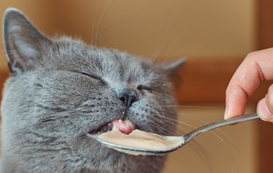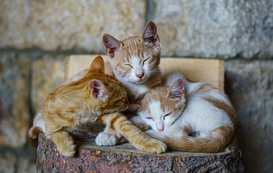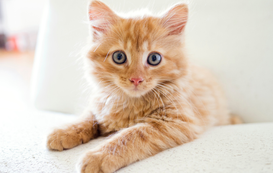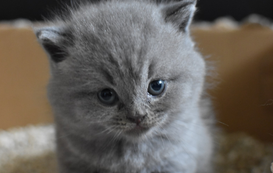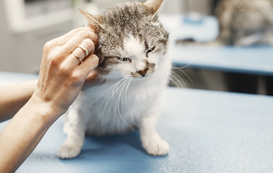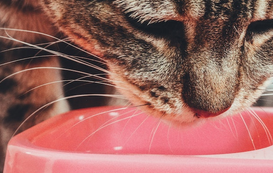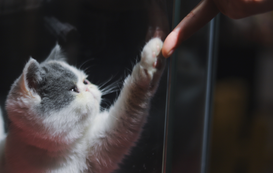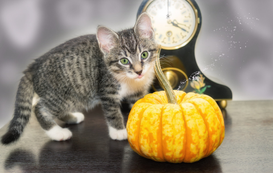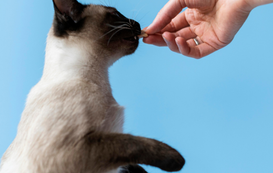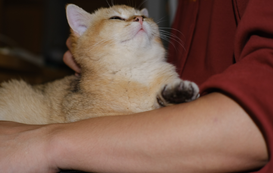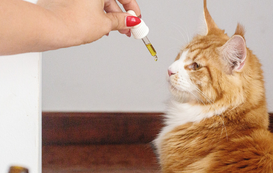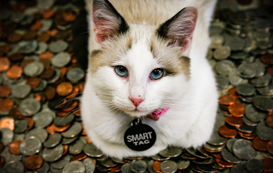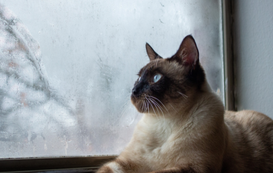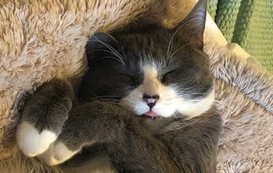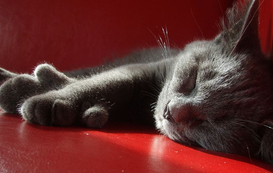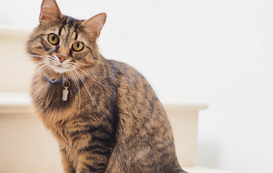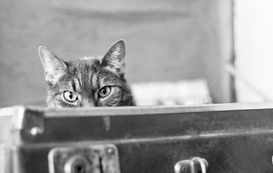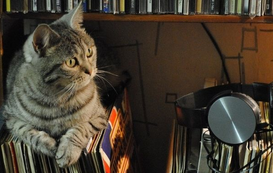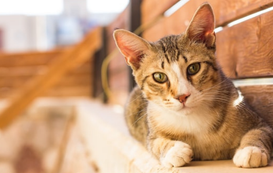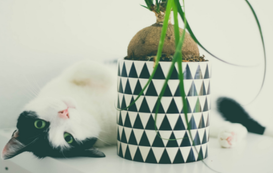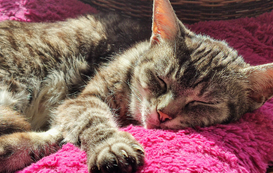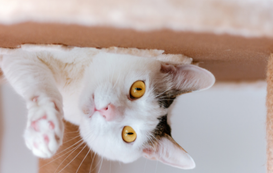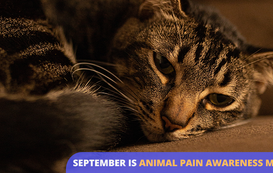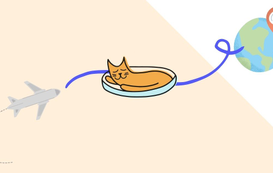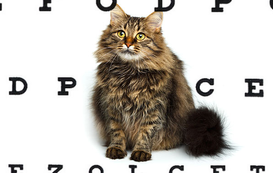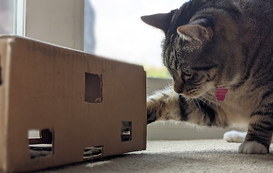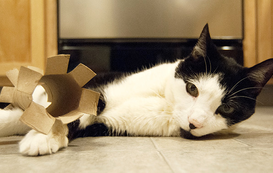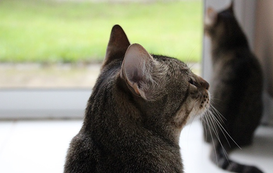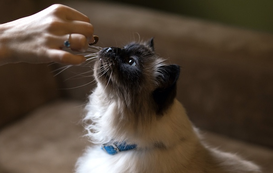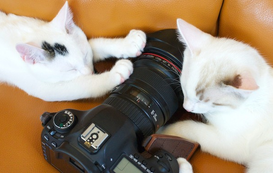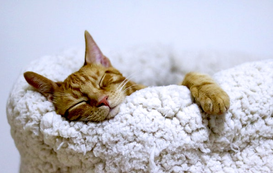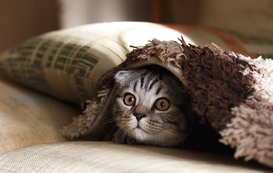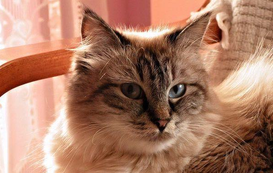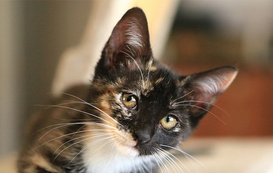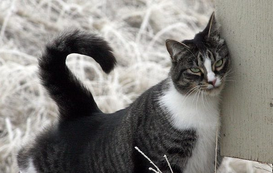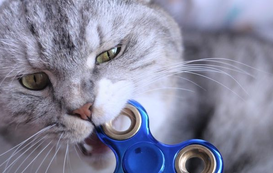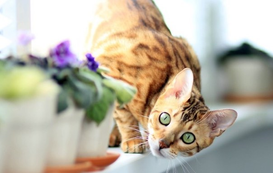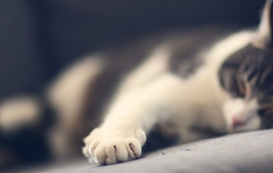- Home
- Cat Sitter Blog
- Cat Ownership
- How to Cut Your Cat's Nails
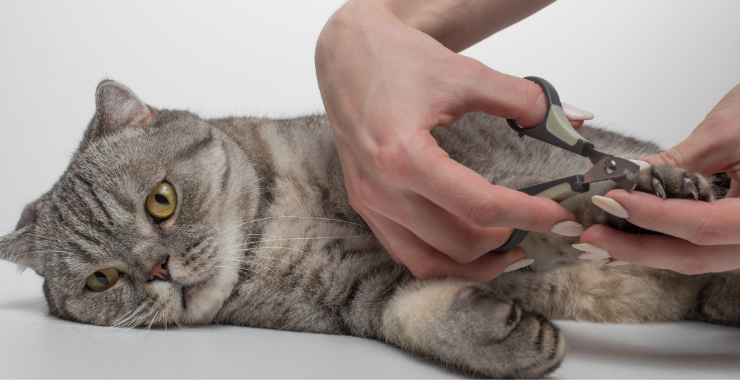

Popular posts
How to Cut Your Cat's Nails
Trimming your cat's nails may seem daunting, but it's an important aspect of your cat’s health and helps to ensure their well-being. Learn how to cut your cat's nails easily and get tips to make the process as stress-free as possible for both you and your furball.
Is It Necessary to Trim a Cat’s Claws?
Unless a cat has received declawing, trimming a cat's claws helps prevent overgrowth, reduce the risk of injuries, and minimizes surface damage in your home. Trimming your cat's claws can stop destructive scratching and make your pet more comfortable. Some cats may need more care than others, but no matter the frequency, it's generally recommended that all indoor cats have regular trimmings as they cannot naturally wear down their nails inside the home.
How Long Should Cat Claws Be?
Cat claws should allow pain-free movement and rest comfortably within the paw pad. Long nails can interfere with the cat's ability to walk, run, or jump. To maintain an appropriate length, check your cat's paws regularly to prevent overgrowth that can become uncomfortable. If you're unsure how long your cat's nails should be, consult a veterinarian or groomer.
How Often Should You Trim a Cat’s Nails?
Nail clipping should occur every 2–4 weeks. This varies by your cat's activity level, their scratching behavior, and whether they have access to outdoor surfaces, which can naturally wear down their claws.
Before You Cut Your Cat's Nails
Gather Supplies
- Scissor-style cat nail clippers (you can also use human nail clippers if they have a straight edge)
- Styptic powder or cornstarch (to stop bleeding)
Prepare
- Make paw massages a routine part of your day so your cat is familiar with the sensation and doesn’t associate it with fear.
- Help your cat relax. Get them purring with contentment.
- Settle into a comfortable, quiet, well-lit spot in your home.
How to Cut Cat Nails: A Step-by-Step Guide
1. Hold the Cat
Gently cuddle your cat in your lap. If you have an angry cat that is particularly resistant to handling, you may need an extra person to help hold them.
2. Expose the Claw and Dewclaw
Gently press on the pads of the cat's paws to extend the claws. The retractable nature of cat claws makes this step necessary for a clear view. Locate the cat's dewclaw, too. This part of the claw is only on the cat's front legs.
3. Find the Quick
The quick is the pink part of the nail that contains blood vessels and nerves. Be careful not to cut through the quick because it can be painful and cause bleeding.
4. Trim the Tips
Trim only the very tip of the claws. To avoid the quick, remember that it's better to make multiple small snips than risking one big cut that goes too deep.
5. Use Styptic Powder, if Needed
If you do accidentally cut into the quick, apply a small amount of styptic powder or cornstarch directly to the end of the nail. It will help stop the bleeding.
6. Treats and Praise
Offer lots of treats, cuddles, and praise during and after your trimming session, so your cat doesn’t learn to fear the nail trimmers.
Tips to Make the Process Easier
- Cat owners should handle your cat and massage their paws regularly so they’re accustomed to it not always being a scary experience.
- Keep the experience positive by using cat treats to help them feel at ease.
- Roll anxious cats up into a snug burrito to help calm their nerves.
- Choose a quiet, well-lit area of your home.
- You might think the guillotine claw trimming tool is something only for your dog’s paws, but they work for cats, too!
- Be patient, and take breaks if your cat gets agitated or stressed.
- If you have a difficult cat, you might just do one or two nails at a time!
- Use sharp clippers that are in good condition.
- Have styptic powder or cornstarch on hand to quickly stop any bleeding.
- Know where the quick is so you can avoid cutting it.
- Recruit an extra set of hands.
- Stay calm. They’ll pick up on your energy.
- Trim them regularly so they don’t get too long
Cat Nail Trimming FAQ
What Should I Do if I Accidentally Cut the Quick?
If you accidentally cut into the quick (the pink part of the nail), remain calm and promptly apply styptic powder or cornstarch to stop the flow of blood. Gently press the powder into the tip of the nail and hold your finger on it for a minute or two. Comfort your cat to help put them at ease. After the bleeding has stopped, continue to monitor the trimmed nail for signs of infection. If your cat begins to have issues, contact your veterinarian for assistance.
What to Do if Your Cat Won’t Let You Cut Their Nails?
To ease resistance during nail trimming:
- Start with lots of cuddle time.
- Introduce the tools gradually, and use treats to help put them at ease.
- Start with trimming one or two nails at a time.
Young cats may need more calming than trained, older cats, but getting them used to this essential cat care is important! If your cat continues to be difficult, explore alternatives like soft nail caps or hire a professional groomer.
Do Scratching Posts Trim Nails?
Scratching posts don't trim cat nails but help promote good health. They're a natural outlet for cats to shed the outer sheaths of their claws while offering a spot for stretching and exercise. And a scratching post is always a better alternative than letting your cat claw furniture. Regular nail trimming will still be necessary for indoor cats who use scratching posts.
Meowtel cat sitters love cats and are happy to help you when you need care for your favorite furball. During their visits, the cat sitter can provide water, food, playtime, and monitor for other cat behaviors.
Our experienced pet sitters receive thorough background checks so you can have peace of mind and confidently travel. When you need a reliable in-home cat sitter, Meowtel is your trusted choice. Find a reliable and trustworthy cat sitter to help you with pet care today.


